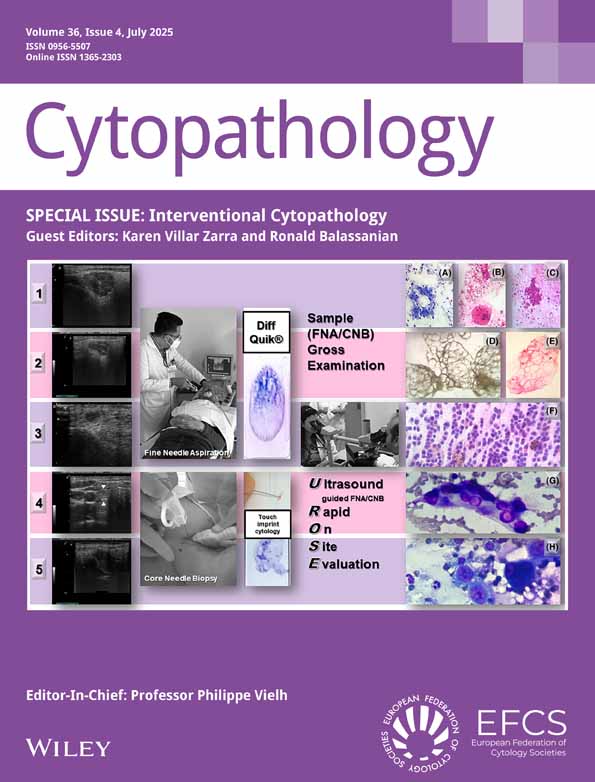Extraction of DNA from exfoliative cytology specimens and its suitability for analysis by the polymerase chain reaction
Abstract
The extraction of DNA from archival exfoliative cytology samples would allow the molecular biological analysis of this readily available material using the polymerase chain reaction (PCR). We have quantitatively and qualitatively studied the extraction of DNA from a variety of cytological preparations.
For both fresh and archival cervical smears, overnight incubation with proteinase K produces high yields of high molecular weight DNA, but simply boiling the samples produces DNA suitable for PCR amplification of a single copy gene.
Increasing the proteinase K incubation to several days allows the extraction of DNA from fixed and stained archival cytology slides from a variety of sites. The extracted DNA was again suitable for PCR analysis.
Fresh and archival cytological material can be utilized for molecular biological study of disease processes using PCR. Archival cytological material is probably the best source of DNA and RNA after stored frozen tissue.




